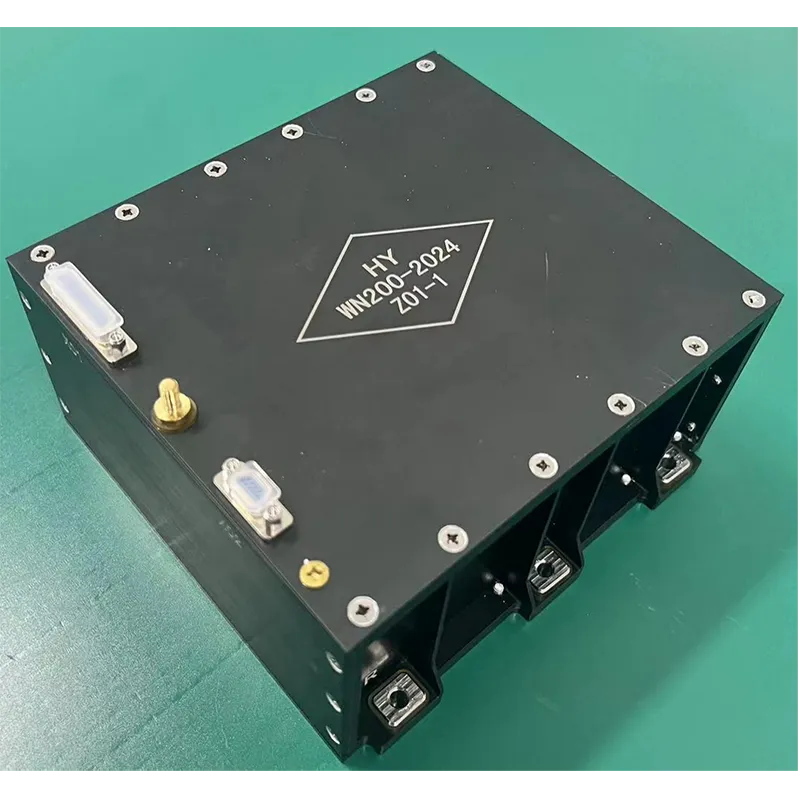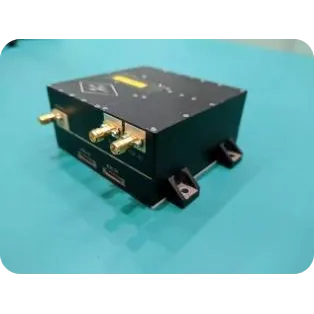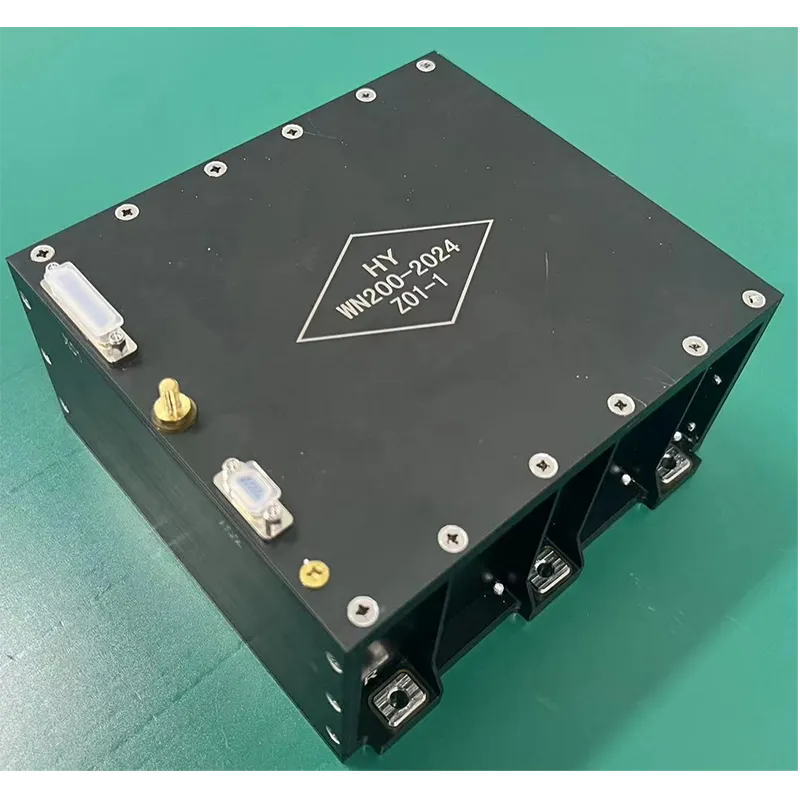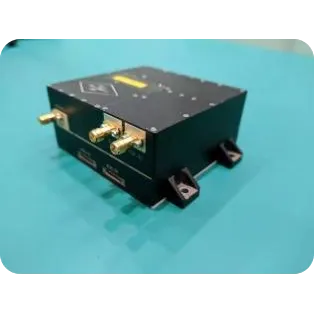
- Afrikaans
- Albanian
- Amharic
- Arabic
- Armenian
- Azerbaijani
- Basque
- Belarusian
- Bengali
- Bosnian
- Bulgarian
- Catalan
- Cebuano
- China
- Corsican
- Croatian
- Czech
- Danish
- Dutch
- English
- Esperanto
- Estonian
- Finnish
- French
- Frisian
- Galician
- Georgian
- German
- Greek
- Gujarati
- Haitian Creole
- hausa
- hawaiian
- Hebrew
- Hindi
- Miao
- Hungarian
- Icelandic
- igbo
- Indonesian
- irish
- Italian
- Japanese
- Javanese
- Kannada
- kazakh
- Khmer
- Rwandese
- Korean
- Kurdish
- Kyrgyz
- Lao
- Latin
- Latvian
- Lithuanian
- Luxembourgish
- Macedonian
- Malgashi
- Malay
- Malayalam
- Maltese
- Maori
- Marathi
- Mongolian
- Myanmar
- Nepali
- Norwegian
- Norwegian
- Occitan
- Pashto
- Persian
- Polish
- Portuguese
- Punjabi
- Romanian
- Russian
- Samoan
- Scottish Gaelic
- Serbian
- Sesotho
- Shona
- Sindhi
- Sinhala
- Slovak
- Slovenian
- Somali
- Spanish
- Sundanese
- Swahili
- Swedish
- Tagalog
- Tajik
- Tamil
- Tatar
- Telugu
- Thai
- Turkish
- Turkmen
- Ukrainian
- Urdu
- Uighur
- Uzbek
- Vietnamese
- Welsh
- Bantu
- Yiddish
- Yoruba
- Zulu
Comprehensive Insights Into Optical Measuring Instruments for Modern Industry
The continuous advancements in optical measuring instruments have significantly enhanced the precision and efficiency of measurement processes across scientific and industrial sectors. Instruments such as the optical profilometer, 3d optical profilometer, and optical surface profiler provide critical data that help manufacturers and researchers characterize surfaces and materials with exceptional accuracy.
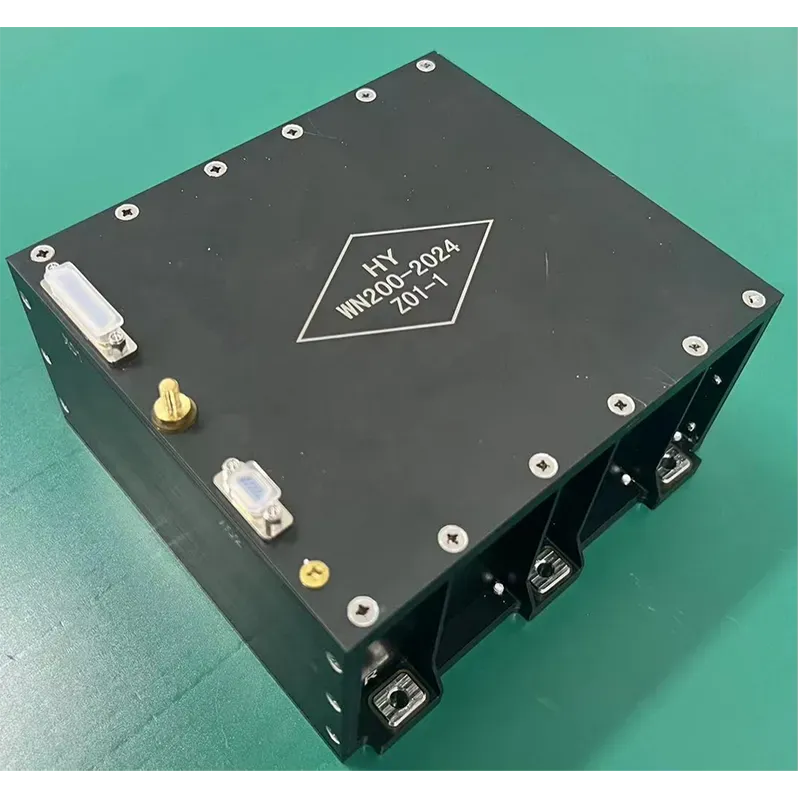
Advanced Surface Metrology with Optical Profilometers
The optical profilometer has become a pivotal tool for surface metrology, offering high-resolution, non-contact measurements that preserve the integrity of delicate samples. Using techniques like white light interferometry and confocal microscopy, these devices map surface topography to reveal fine details such as roughness, waviness, and defects.
The 3d optical profilometer extends these capabilities by delivering comprehensive three-dimensional surface data. This enhanced profiling allows detailed analysis of wear patterns, coating uniformity, and micro-structural features crucial in semiconductor manufacturing, precision optics, and biomedical engineering.
Chemical and Elemental Analysis via Optical Spectrometers
Beyond surface characterization, optical spectrometers and optical emission spectrometers play an essential role in analyzing material composition. By measuring emitted or absorbed light at specific wavelengths, these instruments enable the identification of elemental and molecular constituents in metals, chemicals, and environmental samples.
These spectroscopic techniques are vital for quality control, regulatory compliance, and research in sectors including metallurgy, pharmaceuticals, and environmental science. The continuous enhancement of spectral resolution and sensitivity further broadens their applicability.
Particle Counting and Sizing for Environmental and Industrial Monitoring
The ability to monitor particle contamination is critical for maintaining clean environments and ensuring product quality. The optical particle counter and optical particle sizer offer precise measurements of particle size distribution and concentration in air or liquids using light scattering principles.
These instruments support operations in cleanrooms, HVAC systems, pharmaceutical production, and environmental monitoring by detecting particulate pollutants and ensuring compliance with stringent cleanliness standards. Real-time data provided by these devices enable rapid response and process optimization.
Surface Roughness Measurement and Profiling
Surface quality is a determining factor in product performance and durability. The optical surface roughness tester measures microscopic surface variations without physical contact, preserving delicate surfaces. Coupled with the optical surface profilometer, these instruments provide comprehensive data to evaluate surface finish, texture, and integrity.
Applications span automotive parts manufacturing, aerospace components, electronic devices, and medical implants, where precise surface characterization directly impacts functionality and longevity.
Integration, Automation, and Future Developments
Modern optical measuring instruments are increasingly integrated with digital platforms that facilitate automated data acquisition, analysis, and reporting. Innovations include AI-assisted defect detection, cloud-based data management, and portable instruments for field applications.
Handheld optical profilometers and optical particle counters are enabling on-site inspections, reducing the need for laboratory testing and accelerating quality assurance processes. Future trends focus on enhancing resolution, speed, and user accessibility to meet evolving industrial demands.
In conclusion, the suite of optical measuring instruments—including optical profilometers, optical emission spectrometers, and optical particle sizers—provides unparalleled capabilities for material analysis, surface characterization, and contamination control. These advanced tools are foundational to quality control, research, and environmental monitoring, driving progress across diverse industries.






